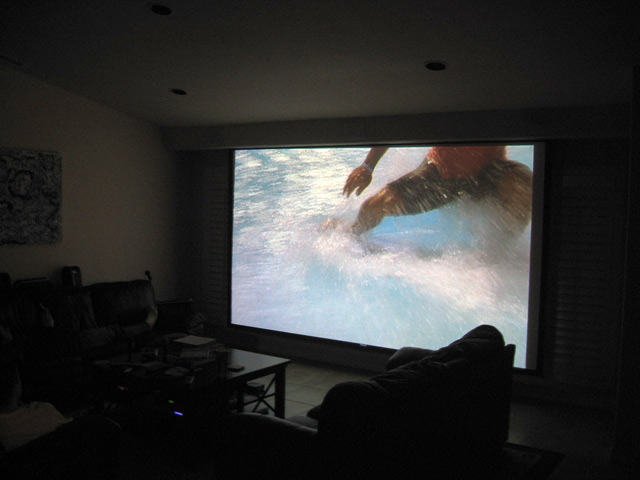 WHAT: the Adium/Gaim/Trilian of social networks
WHAT: the Adium/Gaim/Trilian of social networks
WHY: social networks will follow the same trajectory of instant messaging services 5yrs ago. We were talking tonight on ReadWriteWeb about how many people misinterpreted Open Social as being an open data exchange initiative for social networks. That it was not, but Dataportability.org is. And as it gets adopted I predict we will see a similar sequence of events that led to the commoditization of the IM platforms. Consider this:
Right now we have a balkanized landscape of social networks, at least 15 major players with varying levels of dominance depending on the country. Remember back when you had to run ICQ and Yahoo messenger on your desktop alongside MSN messenger and AIM because you had friends on each network? Dashboard products like the ones mentioned above emerged though and they unified the messaging so you could chat with whomever you liked via a single interface. Effectively the IM channels became irrelevant – your only awareness of which “carrier” you were using was maybe the color of the dot by the person’s name in the dashboard.
Now granted, this analogy isn’t entirely analogous (probably more accurate would be the advent of the jabber protocol), but right now social networks are like the IM services were B.C. (before consolidation): you have to sign on to each individually and maintain disparate profiles in multiple places. But as more players adopt the blueprints put forth by groups like Dataportability.org and we transition into A.D. (after dataportability), you’re going to see the same type of commoditization occur to the social networks. Now keeping in mind Clayton Christensen’s “law of conservation of modularity,” value never just evaporates, it gets teleported to a different layer. Where do you think the value will reside once the networks themselves become commoditized?
Bingo- the unifying client that is used to manage one’s communication and presence across all networks. You won’t login to Facebook/Hi5/Orkut/Beebo/Linkedin/whatever to interact with your peeps at that point, you’ll fire up your _______ client and have a single place to talk with everyone and manage your identity. This sequence of events seems inevitable to me and the startup I would keep my eyes on (besides our own ;-) is the one that has killer Flex UI designers on staff and is living/breathing the DataPortability specs right now thinking down this path. If that happens to be you, drop me a line and let’s talk.

 There are a lot of parallels between
There are a lot of parallels between  WHAT: the Adium/Gaim/Trilian of social networks
WHAT: the Adium/Gaim/Trilian of social networks















